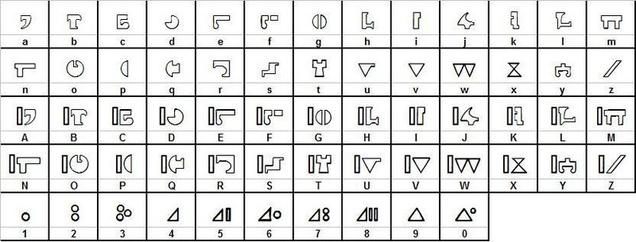

“Most of the time, the languages that translation researchers deal with in their laboratories are so unfamiliar that they may as well be alien.” “The linguistic knowledge is automatically extracted from these huge data resources,” says Dr Waibel. One of the reasons it works so well is that these speeches came from the United Nations and the European Parliament, where a broad range of topics are discussed. Instead it was given a vast number of speeches, and their accurate translations (performed by humans) into a second language, for statistical analysis. The system required no programming of grammatical rules or syntax.

This may sound fanciful, but already a system has been developed that can translate speeches or lectures from one language into another, in real time and regardless of the subject matter. And, eventually, there may even be electronic devices that work like Babel fish, whispering translations in your ear as someone speaks to you in a foreign tongue. He predicts there will be real-time automatic dubbing, which will let people watch foreign films or television programmes in their native languages, and search engines that will enable users to trawl through multilingual archives of documents, videos and audio files. Within the next few years there will be an explosion in translation technologies, says Alex Waibel, director of the International Centre for Advanced Communication Technology, which is based jointly at the University of Karlsruhe in Germany and at CMU. And last month researchers at Carnegie Mellon University ( CMU) in Pittsburgh began work on a machine that they hope will be able to learn a new language simply by getting foreign speakers to talk into it and perhaps, eventually, by watching television. Unlike previous approaches to machine translation, which relied upon rules identified by linguists which then had to be tediously hand-coded into software, this new method requires absolutely no linguistic knowledge or expert understanding of a language in order to translate it. Remarkably, however, such devices are now on the verge of becoming a reality, thanks to new “statistical machine translation” software. But whatever you call it, there is no doubting the practical value of a device that is capable of translating any language into another. In “Star Trek”, meanwhile, it is known simply as the Universal Language Translator. In “The Hitchhiker's Guide to the Galaxy”, Douglas Adams depicted it as a “small, yellow and leech-like” fish, called a Babel fish, that you stick in your ear. IT IS arguably the most useful gadget in the space-farer's toolkit.


 0 kommentar(er)
0 kommentar(er)
